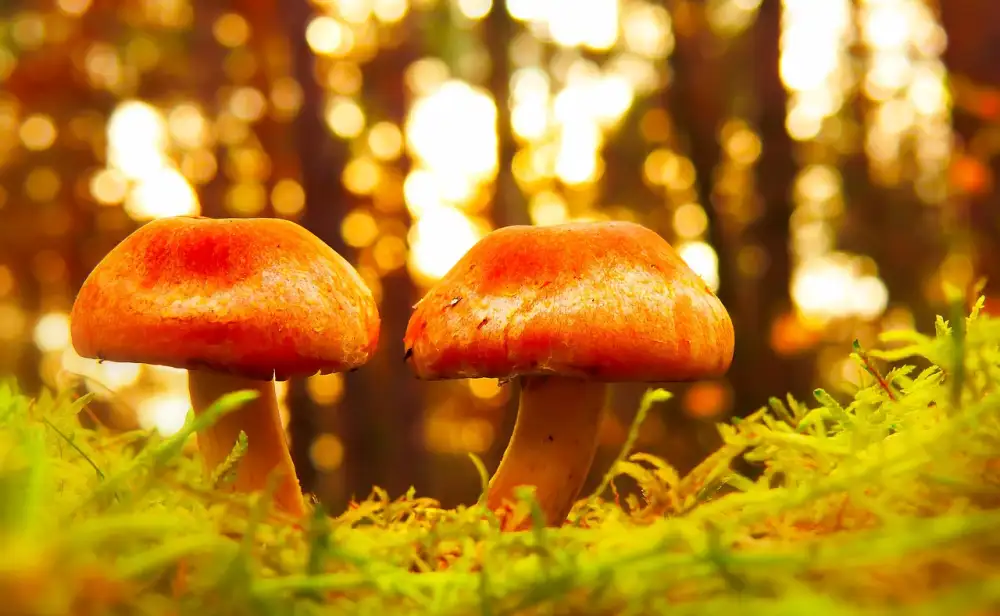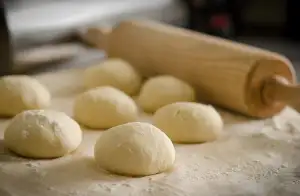Whisking Magic: Unveiling the Secrets of Homemade Buttermilk Recipe

Buttermilk, a creamy and tangy liquid, is not only a refreshing beverage but also a versatile ingredient that adds depth and flavor to countless recipes. Traditionally, buttermilk was the byproduct of churning butter from cream. However, modern-day buttermilk is made by fermenting milk with lactic acid bacteria. This process gives it its distinctive tanginess and makes it an essential ingredient in baking, marinades, dressings, and even fried chicken. Let's dive into the world of buttermilk and uncover its secrets!
Explaining the process of making buttermilk at home
Buttermilk, a staple in many recipes, is not only delicious but also easy to make at home. Contrary to its name, it doesn't actually contain butter. Traditional buttermilk is the liquid left behind after churning butter from cream. However, nowadays, most commercial buttermilk is made by adding lactic acid bacteria to milk.
To make homemade buttermilk, you can use either whole milk or low-fat milk. The key ingredient needed is an acidic component that will curdle the milk and give it that tangy flavor. This can be achieved by using lemon juice or vinegar.
By adding one tablespoon of lemon juice or vinegar to one cup of milk, you create a chemical reaction that thickens and sours the milk, transforming it into buttermilk. Allow the mixture to sit at room temperature for about 10 minutes before using it in your recipes.
Making buttermilk at home not only saves you a trip to the grocery store but also allows you to control the quality and freshness of the ingredients used. Plus, it's a great way to reduce food waste by utilizing leftover milk.
Now that we've covered the process of making homemade buttermilk, let's move on to gathering the necessary ingredients for this culinary adventure.
Gathering the necessary ingredients for homemade buttermilk
To make homemade buttermilk, you will need just two simple ingredients: milk and an acid. The acid can be either lemon juice or white vinegar. Make sure to use fresh milk that is not pasteurized, as this will yield the best results. Additionally, opt for full-fat milk for a richer and creamier buttermilk. With these basic ingredients on hand, you are ready to embark on your journey of creating homemade buttermilk that will add a touch of magic to your culinary creations.
Step-by-step instructions for making buttermilk
1. Start by pouring 1 cup of whole milk into a clean glass or ceramic bowl.
2. Add 1 tablespoon of white vinegar or lemon juice to the milk. Stir gently to combine.
3. Let the mixture sit at room temperature for about 10 minutes. This will allow the acid in the vinegar or lemon juice to curdle the milk, creating a buttermilk-like consistency.
4. After 10 minutes, give the mixture a quick stir and you'll notice that it has thickened slightly and resembles traditional buttermilk.
5. Your homemade buttermilk is now ready to use in your favorite recipes! Store any leftover buttermilk in an airtight container in the refrigerator for up to one week.
Making your own buttermilk is quick and easy, and it ensures you always have this versatile ingredient on hand for all your culinary creations.
Tips and tricks for achieving the perfect consistency and flavor
To achieve the perfect consistency and flavor for your homemade buttermilk, here are some tips and tricks to keep in mind:
1. Use whole milk: Whole milk will give your buttermilk a richer and creamier texture compared to low-fat or skim milk.
2. Add acid: The key to making buttermilk is adding an acid, such as lemon juice or vinegar, to the milk. This acid will react with the proteins in the milk, causing it to curdle and thicken.
3. Let it sit: After adding the acid to the milk, let it sit at room temperature for about 10 minutes. This will allow the curdling process to occur fully and give your buttermilk its characteristic tangy flavor.
4. Stir gently: When whisking or stirring the mixture, do so gently to avoid overmixing. Overmixing can result in a thinner consistency and may affect the final flavor.
5. Adjust thickness: If you prefer a thicker buttermilk, you can add more acid or reduce the amount of milk used in the recipe. Conversely, if you want a thinner consistency, simply add more milk.
6. Taste test: Before using your homemade buttermilk in a recipe, taste it to ensure it has the desired tanginess. If needed, adjust by adding more acid or letting it sit for a bit longer.
By following these tips and tricks, you'll be able to achieve a homemade buttermilk with just the right consistency and flavor for all your culinary creations!
Exploring different uses for homemade buttermilk in various recipes
Exploring different uses for homemade buttermilk in various recipes opens up a world of culinary possibilities. Its tangy and creamy flavor adds depth to both sweet and savory dishes. In baking, buttermilk is a secret ingredient that enhances the texture and moistness of cakes, muffins, and pancakes. It also acts as a natural tenderizer for meats, making them juicier and more flavorful when used in marinades or brines. Buttermilk can be used to create creamy salad dressings, tangy dips, and even refreshing smoothies. Its versatility extends beyond the kitchen too - it can be used as a base for homemade face masks or added to bathwater for a soothing soak. The options are endless with homemade buttermilk, allowing you to unleash your creativity in the kitchen while reaping its numerous benefits.
In conclusion, making your own buttermilk is a simple and rewarding process. Not only does it allow you to have a fresh supply of this versatile ingredient whenever you need it, but it also gives you the freedom to control the consistency and flavor according to your preference.
By following the step-by-step instructions and using high-quality ingredients, you can achieve a creamy and tangy buttermilk that will enhance the taste of your recipes. The homemade version also tends to be more cost-effective compared to store-bought options.
Furthermore, making your own buttermilk opens up a world of culinary possibilities. From tenderizing meats and adding richness to baked goods, to creating flavorful dressings and marinades, homemade buttermilk can elevate any dish.
So why not embark on this culinary adventure? Unleash your creativity in the kitchen by whisking up some magic with homemade buttermilk. Your taste buds will thank you!
Published: 27. 11. 2023
Category: Recipes



